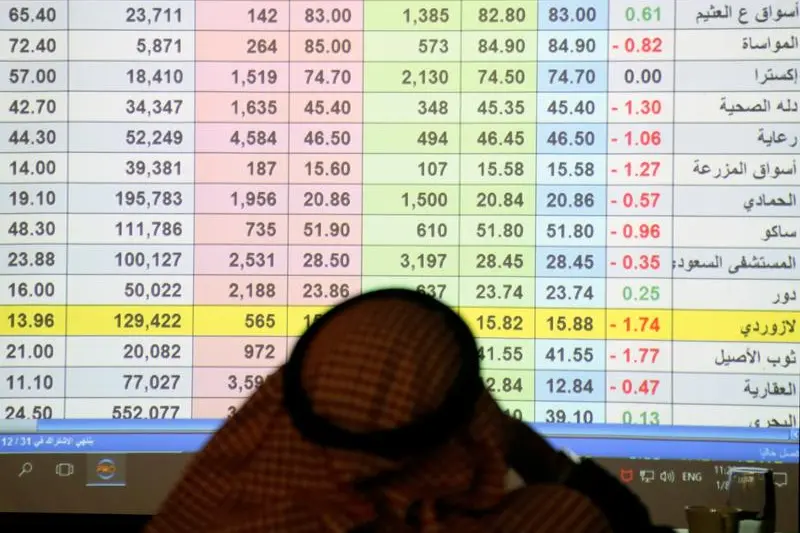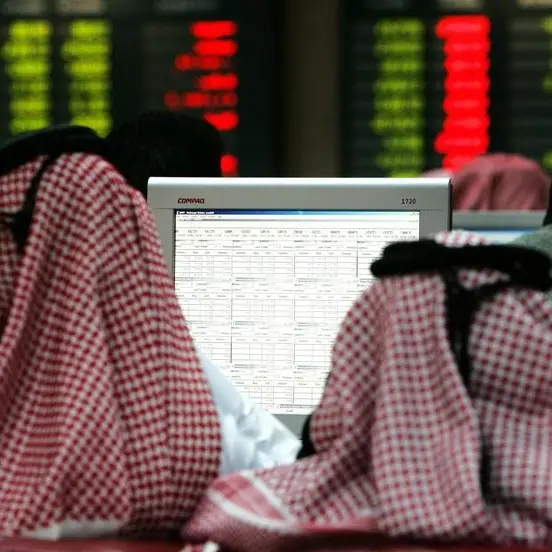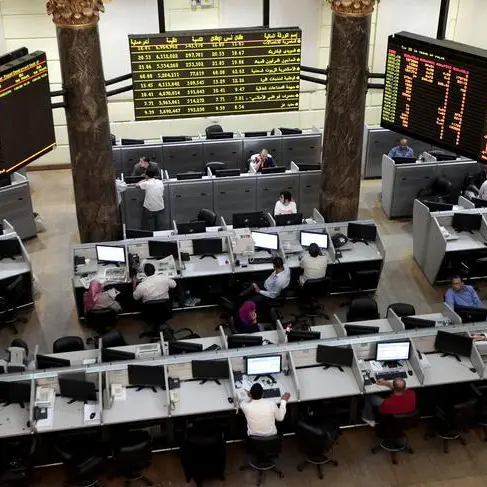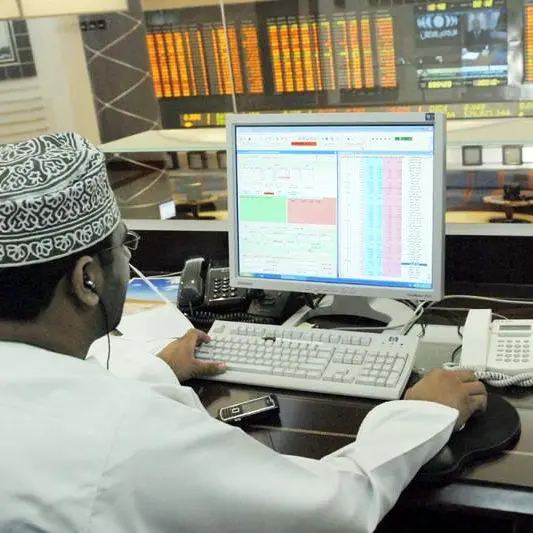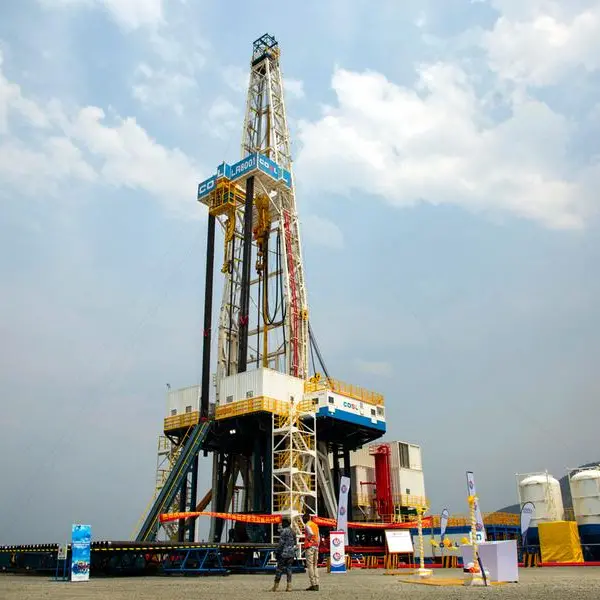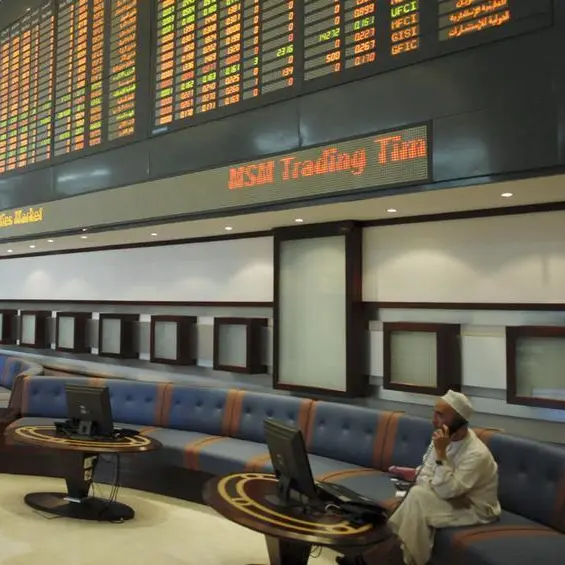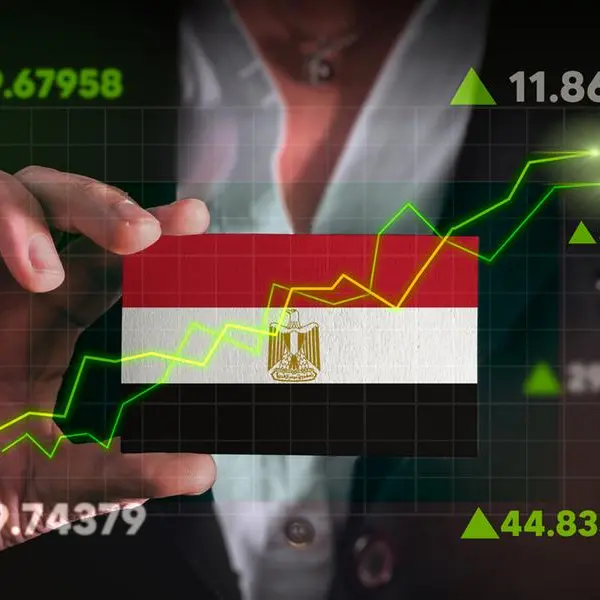PHOTO
Riyadh: Saudi Arabia's liquidity levels continued to grow strongly, reaching SAR2,825,715 million at the end of May 2024, marking an annual growth of approximately 8.6%.
This represented an increase of more than SAR222,928 billion compared to the same period in 2023, which stood at SAR2,602,786 million. These levels reflect the broad money supply (M3) as reported in the Saudi Central Bank (SAMA)'s monthly statistical bulletin for May 2024.
Since the beginning of the year, liquidity has grown by 4%, representing an increase of more than SAR104,757 billion. At the end of January, it stood at SAR2,720,957 million.
Liquidity levels also achieved a monthly growth of approximately 1.2%, with an increase of about SAR32,402 billion compared to the end of April of the same year when it stood at SAR2,793,313 million.
These liquidity levels strongly support economic and commercial activity, contributing effectively to the economic development process and enabling the achievement of the goals of Saudi Vision 2030. This reflects the strength and solidity of the banking and financial sector.
A breakdown of the four components of the broad money supply (M3) is as follows: Demand deposits, the largest contributor to the total money supply (M3) at 49.2%, recorded a level of SAR1,390,893 million at the end of May 2024. Time and savings deposits, the second-largest contributor to the total money supply (M3) at 31.5%, recorded a level of SAR889,558 million.
Other quasi-money deposits amounted to SAR314,807 million, representing a contribution of approximately 11.1% to the total money supply (M3), making it the third-largest contributor. Lastly, "currency in circulation outside banks" amounted to SAR230,456 million, contributing approximately 8.2% to the total money supply (M3).
It is important to note that quasi-money deposits consist of residents' deposits in foreign currencies, deposits against letters of credit, outstanding transfers, and repurchase agreements (repos) conducted by banks with the private sector.
Domestic liquidity includes M1, which comprises currency in circulation outside banks in addition to demand deposits only, and M2, which includes M1 plus time and savings deposits. The broad definition, M3, includes M2 plus other quasi-money deposits.
